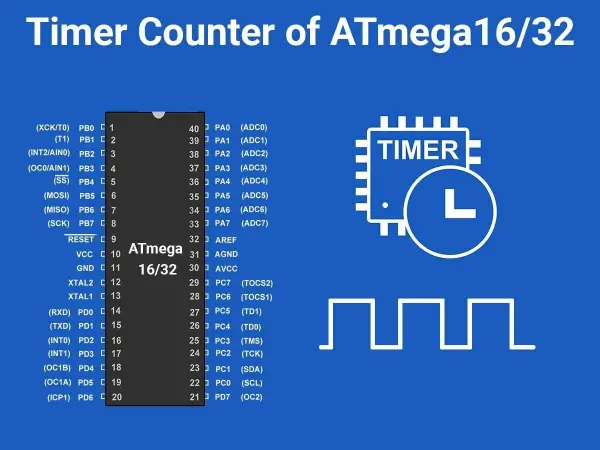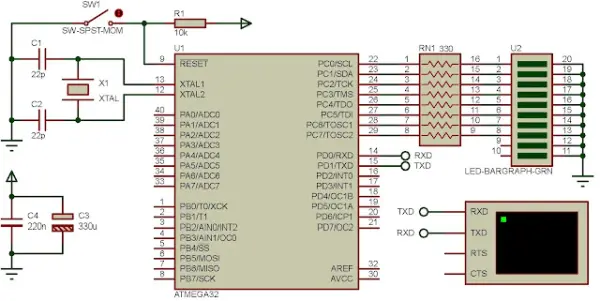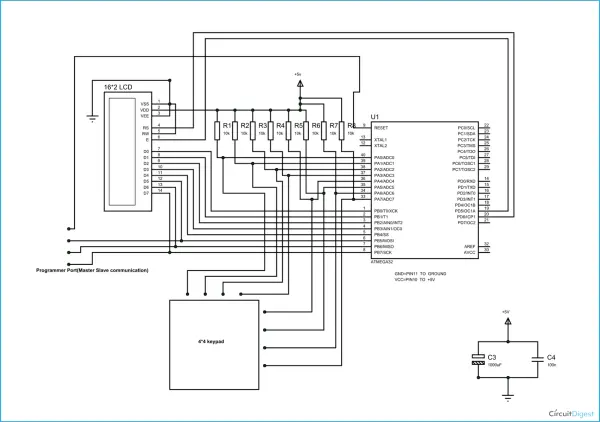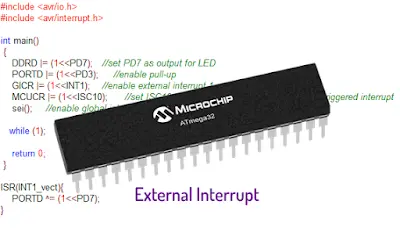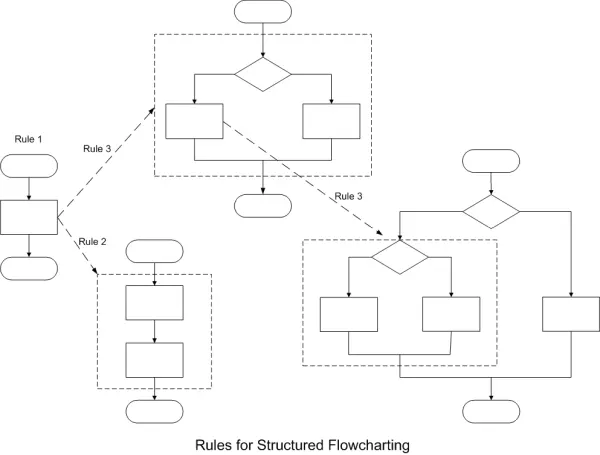How to use Push Button with ATMEGA32 AVR Microcontroller
This tutorial will provide an understanding of push buttons and their integration with the AVR ATmega32 microcontroller. While push buttons can be applied to control various devices, we will focus on using them to manipulate an LED in this demonstration. Additionally, we will delve into the utilization of “if and else” statements in the C […]
How to use Push Button with ATMEGA32 AVR Microcontroller Read More »



